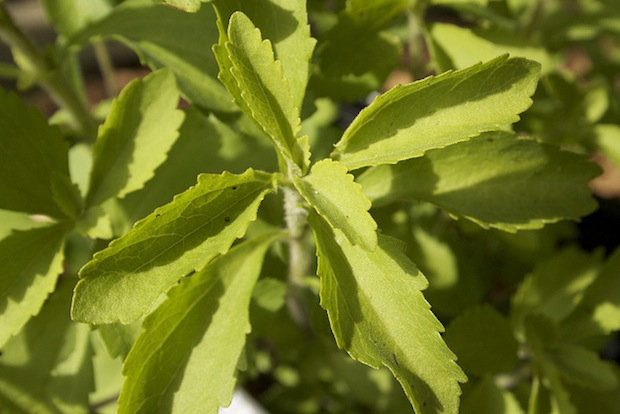Fewer calories, just as sweet? Argentina's natural, low-cal Coke


BUENOS AIRES -- Argentines love their soda. In fact, they're the world's leading consumers of soft drinks, according to research firm Euromonitor International, chugging 131 liters of the stuff per capita each year. So the appearance of a new soft drink on store shelves -- a Coke in a uncharacteristic green can, no less -- counts as a major event. That's what happened in late June, when Coca-Cola introduced its new Coca-Cola Life brand in Argentina, the first market for the drink.
Coca-Cola Life is one of a new breed of beverages known as "mid-calorie" soft drinks -- a group that includes Dr. Pepper TEN and Pepsi NEXT -- which aim to split the difference between regular and diet drinks by offering low calorie counts without the bad aftertastes associated with diet soda. According to María Laura Moreno, Coca-Cola Life senior brand manager in Argentina, a 200 ml glass of Coca-Cola Life contains 36 calories, compared to 84 in a similar amount of regular Coke. In its marketing, Coca-Cola Life is targeting adults who want lower calories without the restrictiveness of zero-calorie diet soda, Moreno says. The ads for the new soda sell its "natural" nature and liken trying it to a first kiss.
Like many of the new mid-calorie drinks, Coca-Cola Life uses a sweetener extracted from stevia rebaudiana, a plant native to Argentina's neighbor Paraguay that is 200-300 times as sweet as sugar. Each 200 ml glass of Coca-Cola Life contains 10 grams of sugar, Moreno says, and only 0.04 mg of a stevia extract called Truvía, which is made by the agricultural giant Cargill. Stevia extracts were approved for use in food by the FDA in 2008 and by the European Union in 2011.
Stevia is often heralded as the Holy Grail of sweeteners that will displace high-calorie sugar. But to get there the sweetener will have to overcome some basic problems. In concentrated form it can have bitter and lingering aftertastes and licorice overtones. Cargill principal food scientist Wade Schmelzer told FoodNavigatorthat there were "many more stages of stevia technology to come" as researchers unlocked "the secrets of all the minor steviol glycosides."
According to data from Euromonitor, global consumption of stevia in 2013 will hit 1,278 tons, up from 129 tons in 2007. But while the stevia plant is native to impoverished Paraguay, it is unlikely that a stevia boom will suddenly make the country rich. While some of the stevia used in Truvía may indeed come from Paraguay, Cargill extracts the sweetener (by making a kind of industrial tea) in Asia, Moreno says, because it does not have the necessary factories in South America.
Before arriving at the final formula for Coca-Cola Life, the company spent four years testing and developing various combinations of sugar and stevia, Moreno says. The development and launch of the product, which cost 100 million pesos, or about $20 million, included an 15-day HUT (Home Usage Test) in 2,000 households, in which people were given bottles of the drinks to use under normal, imperfect conditions.
"If I give it to you cold, and in a glass, it will always taste good," Moreno says. "But we wanted it in the most natural conditions possible: A 1.5 liter bottle left half-open in the fridge, or drunk warm. And there we had very positive responses."
To the taste buds of this writer -- who prefers the full sweetness of regular Coke (made with sugar, not corn syrup) to the tinny sharpness of Diet -- Coca-Cola Life splits the difference both in terms of calories and taste. Its sweetness is not as satisfying as that of the full calorie brand, but it's a definite improvement on the chemical edge of zero calorie soda. Someday the world will have a great-tasting no-calorie soft drink. This one isn't it, but it's a step in the right direction.
To date there are no plans to introduce Coca-Cola Life in other markets. But if the drink is successful, it will presumably follow the model of Coca-Cola Zero, which was launched in 2005 in Australia and then spread around the globe.
Photos from Fluffymuppet, Coca-Cola
This post was originally published on Smartplanet.com